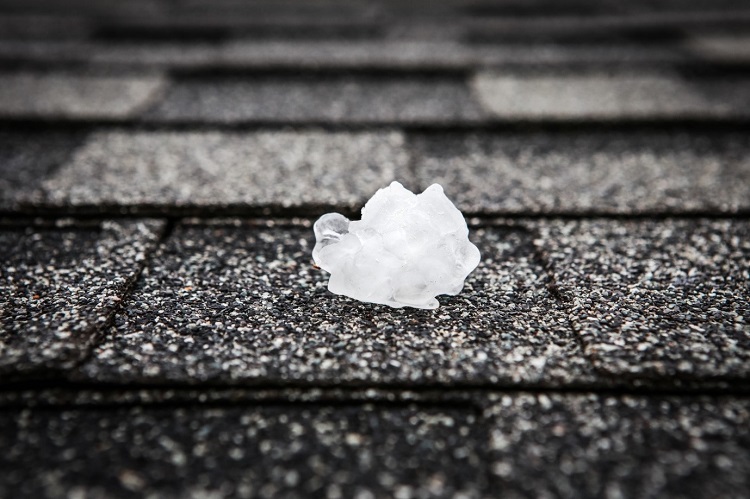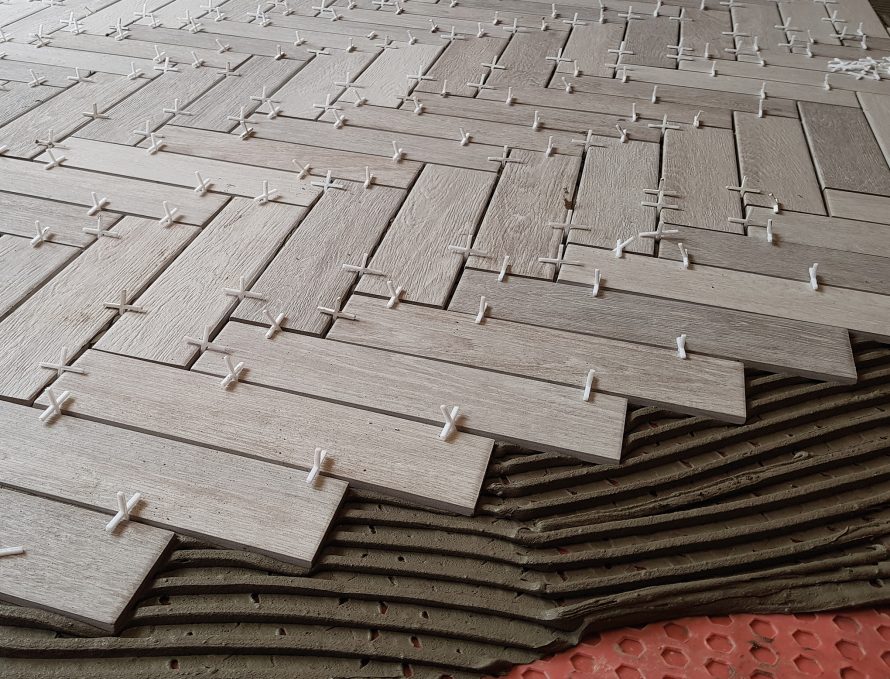A roof over your head offers the perfect protection from weather damage on your property. But this is not always the case as hailstorms, high winds, and other weather elements can weigh hard on your roof.
In 2020, there was up to $63 billion worth of severe weather damage from hail, tornadoes, and thunderstorms.
Hailstorms are the most destructive weather elements causing damage to your property, starting with the roof. However, sometimes roof hail damage may not be visible and can take an expert eyes to see.
If you’re wondering whether a recent hail storm caused any roof damage, here are the signs to look for.
Bruising or Spots on the Roof
Bruising on your roof is one of the signs of hail damage. Bruising can be mere cosmetic damage on the roof but can result in wear and tear over time. They may be small enough and appear harmless but a good indication of impending problems.
Take immediate action as soon as you notice any damp spots. If the dimples on the roof give in when you press on them, it’s a good indication of decaying shingles.
Failing to address this problem means that you’re exposing yourself to more danger in the future. The already wearing roof will not stand the impact of the next hailstorm, even if it will not be so severe.
Cracks on Shingles
Your roof shingles are the parts that are most exposed to the strong impacts of hail. When the storm travels at a very fast speed, it hits the singles at a very strong impact causing them to crack in a circular way. The cracks lead to exposure and bare spots.
Sometimes cracks on shingles can be small dents that you only feel by running your hand on the surface. When you do this and notice more than a single dent, it’s no doubt a sign of hail damage on the roof. Even if the cracks are not caused by hail damage, it’s still a good indication that you need to repair your roof.
Dents on the Roof
Another way to identify signs of hail roof damage is through dents. You need to climb the roof to inspect for these dents. If you’ve never done this before, it’s better to call an expert to do the inspection for you and avoid falls and injuries from the roof.
If you do the inspection yourself, check the ridge caps of the roof as these flat areas are more exposed to hail damage. If the storm was strong enough, you’d likely notice large dents that are easily visible. Inspect the roof after the hailstorm has stopped to identify any signs of dents.
Blocked Gutter System
A strong hailstorm will not even spare your gutter system. Some pieces of hail, wood chips, and debris are blown away by the strong winds collect in your gutter system. When this happens, the gutter will not run water from the roof as it normally does.
Instead, the water might floor on the walls or veranda of your house. This can damage the aesthetics of your house by tarnishing the paint. If you don’t clean and unblock the gutters right away, the damage will be more severe than you thought.
Exposed Roofing
This is the worst kind of damage you’ll want to deal with, but it’s, unfortunately, one of the signs of severe hail damage. You might notice some missing pieces, especially if you have asphalt roofing. The storm can knock off the asphalt granules resulting in missing pieces on your roof.
Exposed roofing calls for emergency repair as it can cause more problems than just the cosmetic appearance. When it rains immediately after the hailstorm, you’ll experience water damage. This can cause more damage to your property and the rest of your house.
The damage may be too hard on your pockets, especially if you’re not prepared. But if you have home insurance, everything will be as simple as talking to your hail damage claim lawyer and getting compensated.
Bubbles on the Roof
One of the signs of hail damage on a roof is uneven bubbles. Sometimes they’re not real bubbles but blisters. The roof area fills with air and moisture, which later causes a blister.
These blisters trap moisture over time and continue growing daily. When the weather gets warmer, the air and water will expand during the day and contact at night. Make sure you get a contractor to do the repairs immediately.
Exposed and Fractured Fiberglass Mat
When hail impact shatters the surfacing of the shingles, it will cause the fiberglass mat to break away. The impact can also fracture the fiberglass mat.
The fractures are not as easy to detect as exposure.
You need a professional to help you detect this problem. Once you’re sure that there are fractures, repair them immediately before they can cause tears and cracks.
Self-Seal Strip Loosening
You might not notice this kind of roof damage immediately after a hailstorm. But with time, the seal integrity will show signs of weakening. If you don’t solve the self-seal strip’s loosening on time, you might experience a roof blow-off.
Granule Loss Due to Roof Hail Damage
Sometimes hail damage on the roof may be accompanied by some depression on the surface. Exposure to weather elements causes loss of mineral granules which can take place immediately or gradually.
When this happens, the asphalt coating will get exposed to harsh weather elements.
These problems will cause the shingles to age at accelerated levels. You should never ignore granule loss as mere cosmetic damage. Immediate repair is necessary to save your roof from permanent damage that may lead to costly replacement.
Act Immediately to Save the Roof
A short hailstorm of just 20 minutes can cause immense damage to your roof. You should not ignore even small cosmetic damages such as bruising because you’ll be exposing your house to bigger problems. Granules exposure will lead to continued asphalt exposure and severe roof deterioration.
Talk to a contractor immediately you notice any signs of roof hail damage. Immediate inspection and repair will save you from more costly repairs and possible roof replacement.
If you need more helpful content on common roof repairs or replacements, feel free to browse this site.







